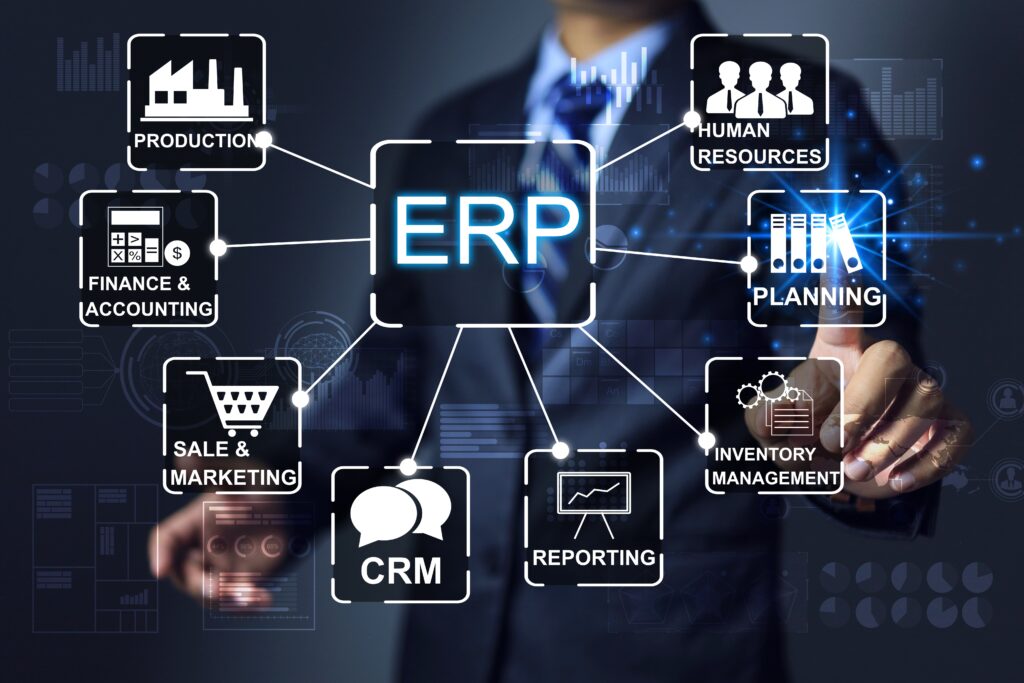SAP’s five year search for a solution to S/4 adoption has culminated in the launch of a new bundle of services called RISE with SAP. It is essentially a repackaging of existing products and services combined with some new capability that will be offered ‘as a Service’ to drive digital transformation.
RISE with SAP has been designed to provide a path to what SAP call the ‘Intelligent Enterprise’ and has been designed to support customers irrespective of their starting point or complexity. It will be offered on a subscription basis and features automation services, process re-engineering capabilities and a host of migration and integration tools.
The announcement was broadly supported by user groups and partners but it is too early to say how much impact it will have for the vast majority of SAP customers who are stubbornly delaying a move from ECC6. Whilst RISE offers many of the tools that customers will need to make a more informed decision about S/4 it still doesn’t appear to solve the four biggest challenges to S/4 uptake: it’s very expensive, it takes a long time, there aren’t enough skilled SAP consultants, and most customers are happy on ECC6.
SAP’s efforts to move its install base to S/4HANA have been hampered by a number of factors all of which have been compounded by the global pandemic. While coronavirus has accelerated the need for digital transformation it has not provided a springboard for SAP customers to sign up to their latest offering – UKISUG reported that 30 percent of respondents in a survey had delayed their S/4HANA plans.
If moving to S/4 was a simple process then most customers would have pushed the button already. But S/4 migration is not a simple process – it is a uniquely complicated activity – and business leaders that are already in turmoil do not seem minded to add to their woes with a disruptive ERP project that will strip resources away from the task of keeping the lights on.
To add to these challenges, SAP is battling against the narrative that is being controlled by its partners at both ends of the equation. At one end, it is the hyperscalers that are quarterbacking the move to the cloud while the GSIs (which increasingly own the customer relationship) are spearheading process re-engineering. This leaves SAP stuck in the middle without clear line of sight to the customer and with less influence over the direction of travel.
Time is running out for SAP to find a solution for the rank and file user base. RISE will likely be a valuable tool for large enterprises that can maximise the process re-engineering capability – driven by SAP’s recent acquisition of Signavio. But what about the tens of thousands of mid-sized SAP customers that simply cannot find a business case to justify the investment? SAP won’t maintain its position as the global ERP leader with a solution that only works for the top 10 percent of its customers. Developing a cost-effective migration path for the majority of its customers has to be SAP’s top priority in 2021. Time will tell whether RISE can deliver on that.






